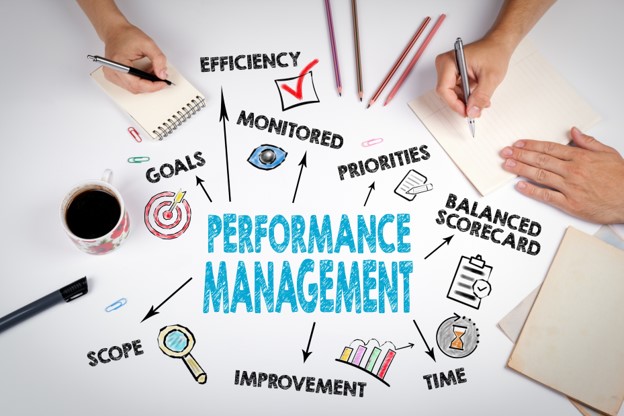
Is it Performance Management or Bullying?
How far can we push our employees? In the hectic and demanding modern day workplace it can be difficult to ensure the impression we give others is a positive one. We rush from task to task sometimes forgetting to say hello to colleagues, unconsciously snubbing others or withholding information due to lack of time. However these behaviours can be misinterpreted. Is it Leadership or Bullying?
Workplace bullying costs Australian businesses between $17 billion and $36 billion each year. Ensuring your workplace is free of bullying is good news for both bosses and workers. However, there is a fine line between some performance management techniques and bullying, often leaving the individual feeling ostracised.
Problems arise from a lack of understanding over what bullying actually is and there may be difficulty distinguishing between an abrasive management style and actual bullying. This confusion highlights the importance of workplaces formalising and clearly defining bullying behaviour.
Bullying is defined as a behaviour that is repeated, systematic and intended to victimise, humiliate, undermine or threaten. It includes aggressive or intimidating body language, ostracising or isolating a person; deliberately withholding work-related information; deliberately sabotaging or impeding work performance; undermining another in their work-role and spreading rumours or slandering a person’s reputation. Given this clear definition, there should be no misunderstanding between effective performance management and bullying behaviour. However the simple fact is that reports of bullying are on the rise.
The cost of dealing with each case is already hefty and with the federal government’s anti-bullying amendments to the Fair Work Act 2009 (Cth) there are extensive personal and professional consequences. As of the 1st January, 2014, the Fair Work Commission have be able to deal with employee complaints without the employee initially lodging the complaint with their organisation and allowing the issue to be rectified internally. The Fair Work Commission has the authority to enter the workplace and conduct a full audit of HR practices which can cost organisations in time and resources. Any employee may be requested for interview and assistance, drawing them away from their work and organisations may incur fines of up to $51,000 if they are found to be negligent.
The Art of Effective Communication
Performance management conversations tend to be tricky and for this reason, many workplaces avoid having them for the fear of sparking confrontation. However the performance management conversation is important to ensure each employee is working to their full potential and the organisation is investing in their employees appropriately. It is essential to regularly review previous targets and set new and achievable targets for the future.
The performance management conversation should offer a private, supportive and open environment to discuss any potential issues. Underlying the process should be a positive atmosphere and sense of achievement. Importantly, the conversation should involve engaging workers in a reflective discussion that concludes with both parties having a shared understanding of key strengths and further development needs.
What can I do?
To avoid anti-bullying complaints, it is important that a clear, concise and well communicated policy is formalised. A good policy should educate as well as reinforce the values of the organisation.
An effective anti-bullying policy should:
- State a clear definition of what bullying is and the types of behaviours that constitute bullying.
- State that the organisation does not accept or tolerate bullying.
- Detail the process for complaining about bullying and outline how complaints will be dealt with so all parties, (including managers) are clear on this process.
Whilst having a clear policy in place is imperative, reinforcement through training workshops covering workplace civility practices, workplace well-being and workshops detailing how to have difficult and effective conversations is a good long term investment.
